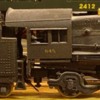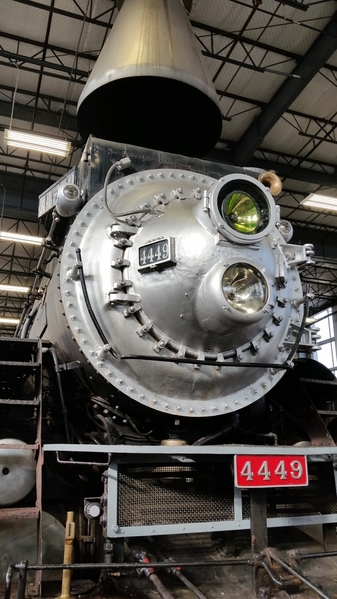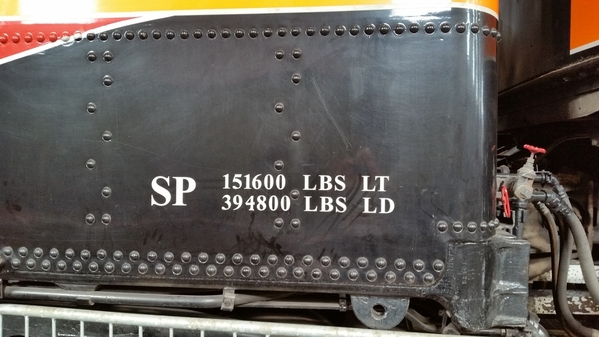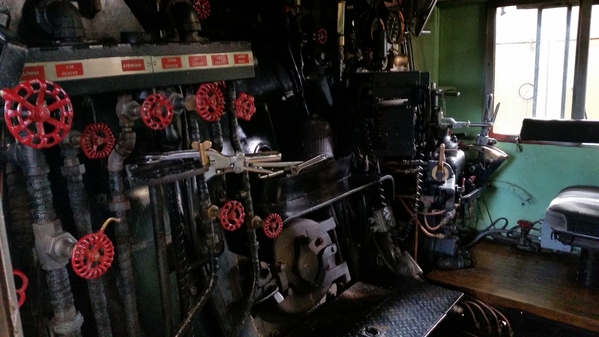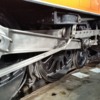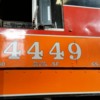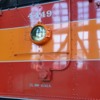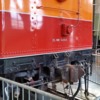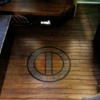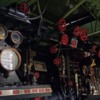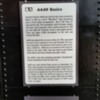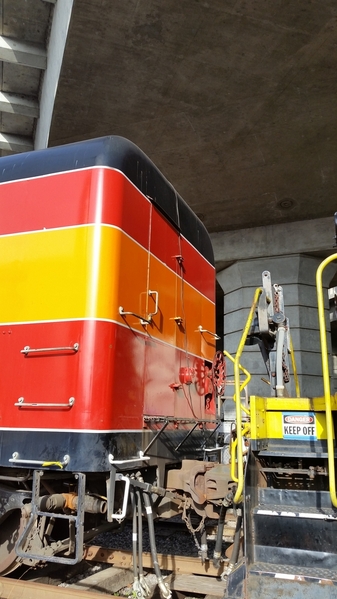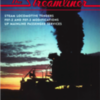Not only tenders swapped around different locomotives, but in some cases the front engines of articulated locomotives were sometime swapped as well. When the Norfolk & Western upgraded their class Y-5 2-8-8-2's to cast bed frames they took the original front engines from the 19 Y-5's and used them under various class Y-3, Y-3a, and Y-4 locomotives. You can tell by the Y-5's larger piston valves and bridge pipe.
Also, they went and swapped the front engines of at least two Class A 2-6-6-4's. Engines 1205 and 1213 swapped front engines which is notable and noticeable because the 1205 was built with multiple bearing crossheads while the 1213 was built with alligator crossheads. As a result the 1205 had alligator crossheads on the front engine and multiple bearing crossheads on the rear engine while the 12013 had multiple bearing crossheads on the front engine and alligator crossheads on the rear engine.
Stuart
The 2‘ gauge Festiniog Railway in North Wales are one of the very few operators still running a fleet of articulated locomotives, in their case a total of three double 0-4-4-0T double, and one 0-4-4T single Fairlies. They have a total of eleven bogies, of varying age and design depending on which loco they were originally built for.
No pair are identical, and not all are serviceable but all are sufficiently similar that they can be, and are interchanged as servicing programmes dictate.
The adjacent Welsh Highland Railway operate a fleet of five 2-6-2+2-6-2T Garratts, again not all identical or in simultaneous service, but engines are interchanged for servicing reasons.
The K1 0-4-0+0-4-0T Beyer Garratt is a unique unit with no interchangeability, it is not in regular service.
The 2‘6” gauge Kitson Meyer locomotive at Welshpool, and the incomplete locomotive at Cripple Creek are from the same series, but as neither are serviceable and they are so far apart, no interchange has ever taken place.





